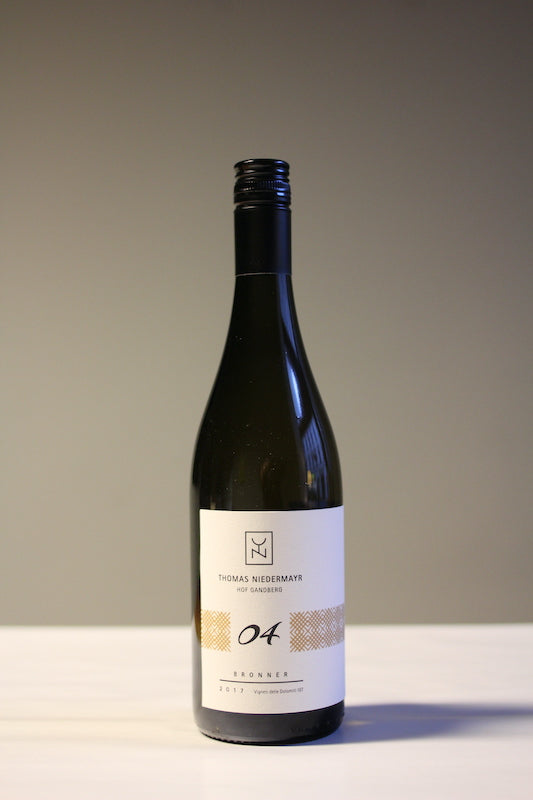Free shipping within Austria from € 99
Free shipping to Germany from € 120
Shipping costs within the EU
Payment methods
Collection: Products
-
 Sold out
Sold outBlaufränkisch Spitzerberg 2013
Vendor:Jörg BretzRegular price €28,90 EURRegular priceUnit price / per -
 Sold out
Sold outBora Bianco 2021
Vendor:Elisa CarpaneseRegular price €14,60 EURRegular priceUnit price / per -
 Sold out
Sold outBora Rosso 2021
Vendor:Elisa CarpaneseRegular price €14,60 EURRegular priceUnit price / per -
 Sold out
Sold outBoschera 2019
Vendor:Boschera WinklerRegular price €19,90 EURRegular priceUnit price / per -
Bramaterra 2019
Vendor:Colombera & GarellaRegular price €34,90 EURRegular priceUnit price / per -
Brine d'Aprile 2020
Vendor:Ca' de NociRegular price €26,80 EURRegular priceUnit price / per -
 Sold out
Sold outBrio d'amour 2021 – Frizzante Rosé
Vendor:La PossaRegular price €23,90 EURRegular priceUnit price / per -
 Sold out
Sold outBronner 2017
Vendor:Thomas NiedermayrRegular price €27,90 EURRegular priceUnit price / per -
Brutto 2023
Vendor:Aldo ViolaRegular price €17,90 EURRegular priceUnit price / per -
Brutto Rosé
Vendor:Aldo ViolaRegular price €18,90 EURRegular priceUnit price / per -
C-----LL 2019
Vendor:PranzeggRegular price €28,50 EURRegular priceUnit price / per -
C.C.C. 2011
Vendor:Daniele RicciRegular price €36,90 EURRegular priceUnit price / per -
Camalonte 2022 (Rosato)
Vendor:Fabio FerracaneRegular price €17,90 EURRegular priceUnit price / per -
 Sold out
Sold outBarranco Oscuro: Cardonohay 2018
Vendor:Barranco OscuroRegular price €19,90 EURRegular priceUnit price / per -
Carmenère 2021
Vendor:Alla CostieraRegular price €14,60 EURRegular priceUnit price / per -
Caroline 2020
Vendor:PranzeggRegular price €31,90 EURRegular priceUnit price / per
















